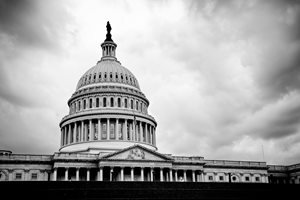User fee reauthorization process kicks off in Congress
 Biologics/ biosimilars/ vaccinesNorth AmericaPharmaceuticalsProduct LifecycleRegulatory Intelligence/Policy
Biologics/ biosimilars/ vaccinesNorth AmericaPharmaceuticalsProduct LifecycleRegulatory Intelligence/Policy Biologics/ biosimilars/ vaccinesNorth AmericaPharmaceuticalsProduct LifecycleRegulatory Intelligence/Policy
Biologics/ biosimilars/ vaccinesNorth AmericaPharmaceuticalsProduct LifecycleRegulatory Intelligence/Policy